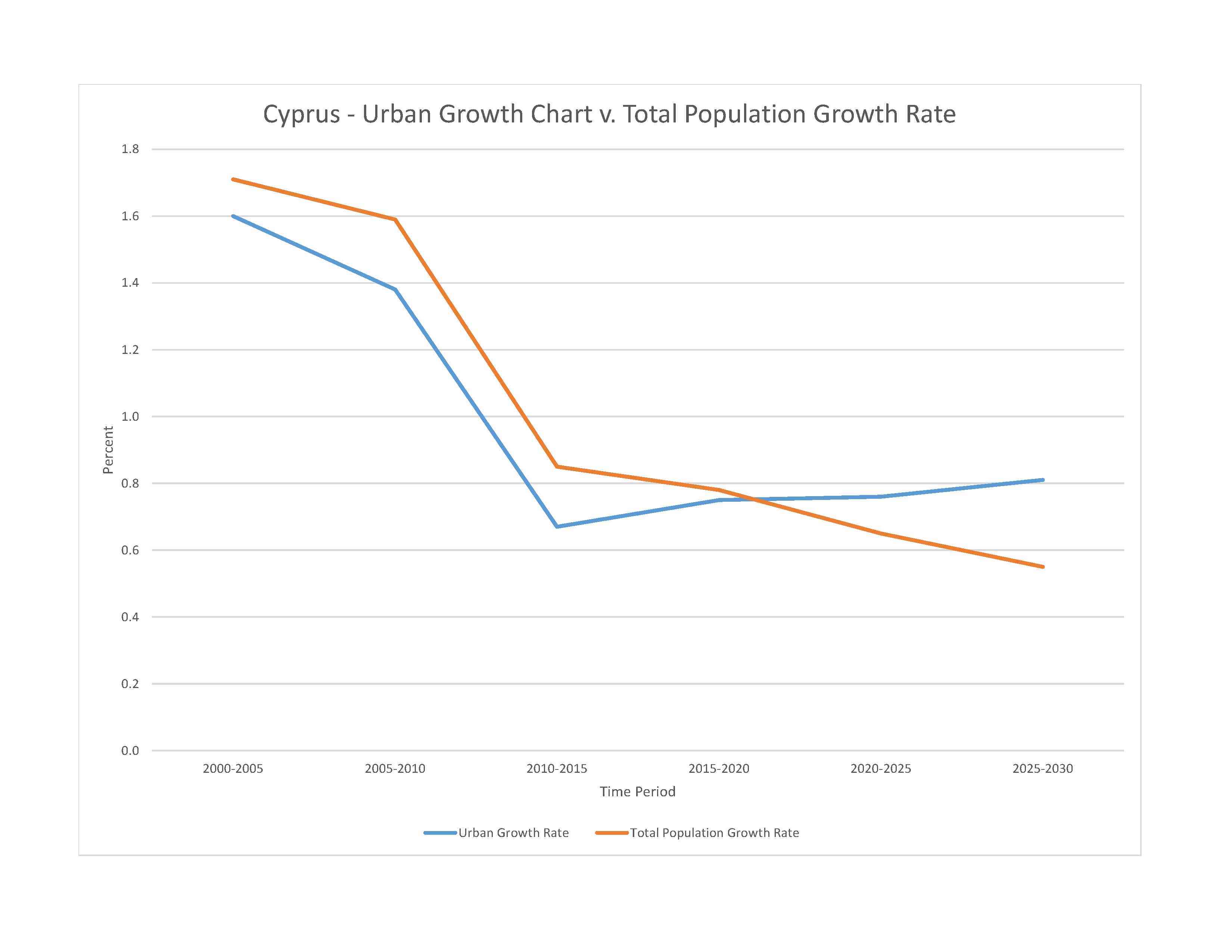
1,308,120 (2023 est.)
noun: Cypriot(s)
adjective: Cypriot
Greek 98.8%, other 1% (includes Maronite, Armenian, Turkish-Cypriot), unspecified 0.2% (2011 est.)
note: data represent only the Greek-Cypriot citizens in the Republic of Cyprus
Greek (official) 80.9%, Turkish (official) 0.2%, English 4.1%, Romanian 2.9%, Russian 2.5%, Bulgarian 2.2%, Arabic 1.2%, Filipino 1.1%, other 4.3%, unspecified 0.6%; note - data represent only the Republic of Cyprus (2011 est.)
major-language sample(s):
Το Παγκόσμιο Βιβλίο Δεδομένων, η απαραίτητη πηγή βασικών πληροφοριών. (Greek)
The World Factbook, the indispensable source for basic information.
Greek audio sample:
Eastern Orthodox Christian 89.1%, Roman Catholic 2.9%, Protestant/Anglican 2%, Muslim 1.8%, Buddhist 1%, other (includes Maronite Catholic, Armenian Apostolic, Hindu) 1.4%, unknown 1.1%, none/atheist 0.6% (2011 est.)
note: data represent only the government-controlled area of Cyprus
0-14 years: 15.63% (male 104,950/female 99,515)
15-64 years: 70.36% (male 484,087/female 436,271)
65 years and over: 14.01% (2023 est.) (male 79,897/female 103,400)
total dependency ratio: 43.8
youth dependency ratio: 23
elderly dependency ratio: 20.8
potential support ratio: 4.8 (2021 est.)
note: data represent the whole country
total: 39.1 years (2023 est.)
male: 37.9 years
female: 40.6 years
1% (2023 est.)
10.4 births/1,000 population (2023 est.)
7 deaths/1,000 population (2023 est.)
6.7 migrant(s)/1,000 population (2023 est.)
population concentrated in central Nicosia and in the major cities of the south: Paphos, Limassol, and Larnaca
urban population: 67% of total population (2023)
rate of urbanization: 0.76% annual rate of change (2020-25 est.)

269,000 NICOSIA (capital) (2018)
at birth: 1.05 male(s)/female
0-14 years: 1.05 male(s)/female
15-64 years: 0.97 male(s)/female
65 years and over: 0.68 male(s)/female
total population: 1.05 male(s)/female (2023 est.)
30 years (2020 est.)
note: data represents only government-controlled areas
68 deaths/100,000 live births (2020 est.)
total: 8.2 deaths/1,000 live births (2023 est.)
male: 9.9 deaths/1,000 live births
female: 6.5 deaths/1,000 live births
total population: 80 years (2023 est.)
male: 77.2 years
female: 82.9 years
1.48 children born/woman (2023 est.)
0.72 (2023 est.)
N/A
improved: urban: 99.7% of population
rural: 99.8% of population
total: 99.8% of population
unimproved: urban: 0.3% of population
rural: 0.2% of population
total: 0.2% of population (2020 est.)
8.1% of GDP (2020)
3.14 physicians/1,000 population (2019)
3.4 beds/1,000 population (2017)
improved: urban: 99.7% of population
rural: 98.8% of population
total: 99.4% of population
unimproved: urban: 0.3% of population
rural: 1.2% of population
total: 0.6% of population (2020 est.)
21.8% (2016)
total: 9.59 liters of pure alcohol (2019 est.)
beer: 2.85 liters of pure alcohol (2019 est.)
wine: 2.72 liters of pure alcohol (2019 est.)
spirits: 4.02 liters of pure alcohol (2019 est.)
other alcohols: 0 liters of pure alcohol (2019 est.)
total: 35.1% (2020 est.)
male: 47% (2020 est.)
female: 23.2% (2020 est.)
N/A
54.5% (2023 est.)
6.1% of GDP (2020 est.)
definition: age 15 and over can read and write
total population: 99.4%
male: 99.6%
female: 99.2% (2021)
total: 16 years
male: 16 years
female: 16 years (2020)
demographic data for Cyprus represent the population of the government-controlled area and the area administered by Turkish Cypriots, unless otherwise indicated
NOTE: The information regarding Cyprus on this page is re-published from the 2024 World Fact Book of the United States Central Intelligence Agency and other sources. No claims are made regarding the accuracy of Cyprus 2024 information contained here. All suggestions for corrections of any errors about Cyprus 2024 should be addressed to the CIA or the source cited on each page.
This page was last modified 04 May 24, Copyright © 2024 ITA all rights reserved.